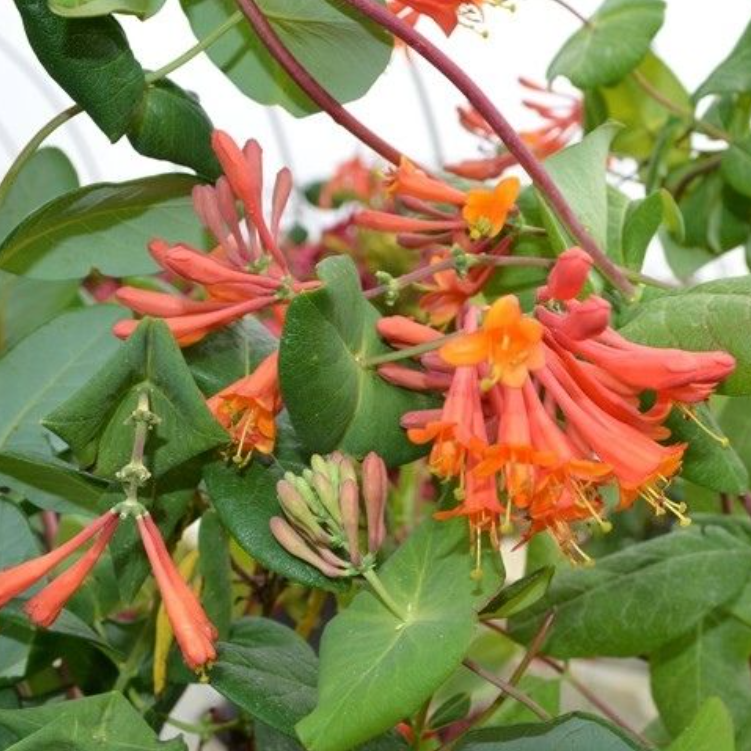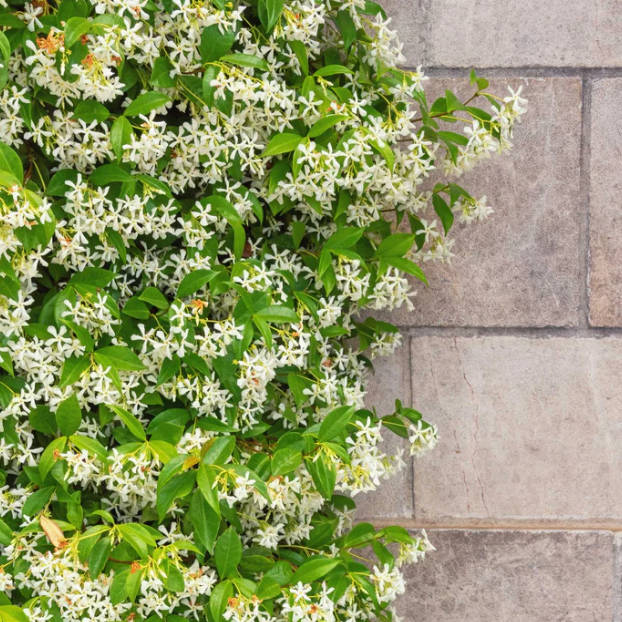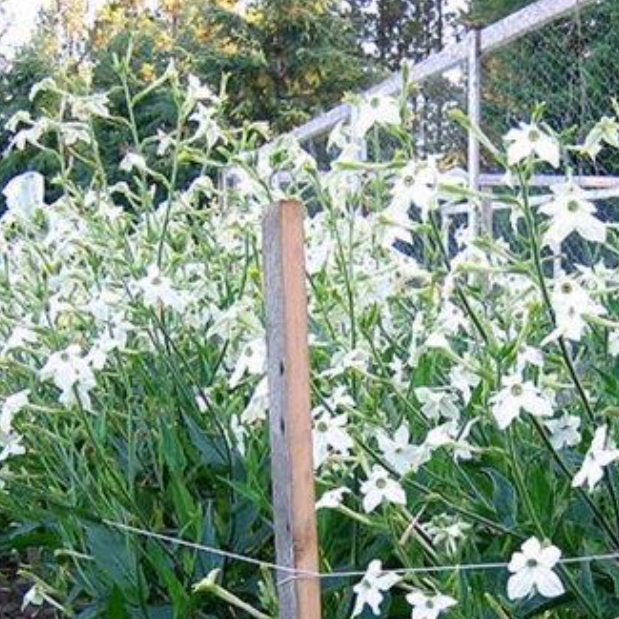These 5 plant species will help to attract and nurture an underrated nighttime pollinator that's crucial to every yard
Discover the best plants for attracting moths to your yard


When people think about moths, they may initially consider them as a pest. But there are actually more than 100,000 different kinds of moth, and they are an excellent pollinator, flying from flower to flower even at night.
If you're hoping to learn more about moths by bringing new species' into your yard, planting some of the best plants for pollinators is a sure-fire way to make your garden inviting as well as nutritious.
Here, plant experts break down their most recommended plants specifically for moths as well as their ideal USDA plant hardiness zones.
1. Evening primrose
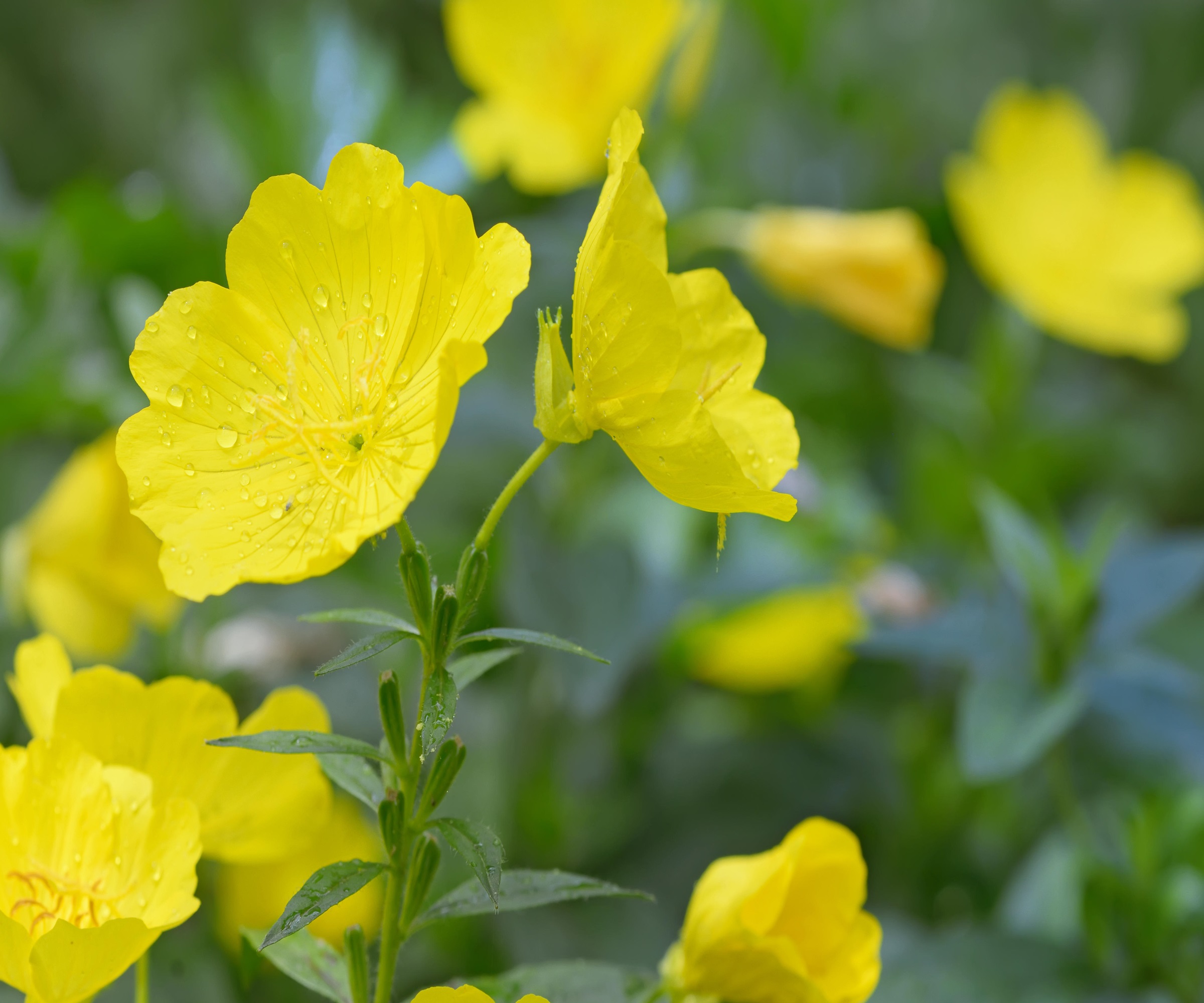
Evening primrose, otherwise known as oenothera biennis, is a perfect plant for attracting more moths to your garden. Gradually opening during the evening and blooming at night, this variety of primrose shares the same body clock as moths, and will open up in time for when they begin flying around outdoors.
Tamara Hogan, plant expert at Fast Growing Trees, knows about all kinds of plant varieties, shrubs and trees. She says, 'Evening primrose are an excellent flowering ground cover plant for attracting more moths into a garden. Blooming at dusk which is a great time to bring in moths, evening primroses can take a range of soils and are fairly drought tolerant once established. Primrose care tip: make sure to not let them get too hot.'
The bigfruit evening primrose from Nature Hills will add stunning burst of yellow to your yard and highly appeal to moths.
USDA plant hardiness zone: 3-9
Design expertise in your inbox – from inspiring decorating ideas and beautiful celebrity homes to practical gardening advice and shopping round-ups.

Tamara Hogan graduated from Utah State University with a degree in Ornamental Horticulture and an emphasis in Greenhouse Management. She worked within various horticulture fields before joining Fast Growing Trees.
2. Honeysuckle
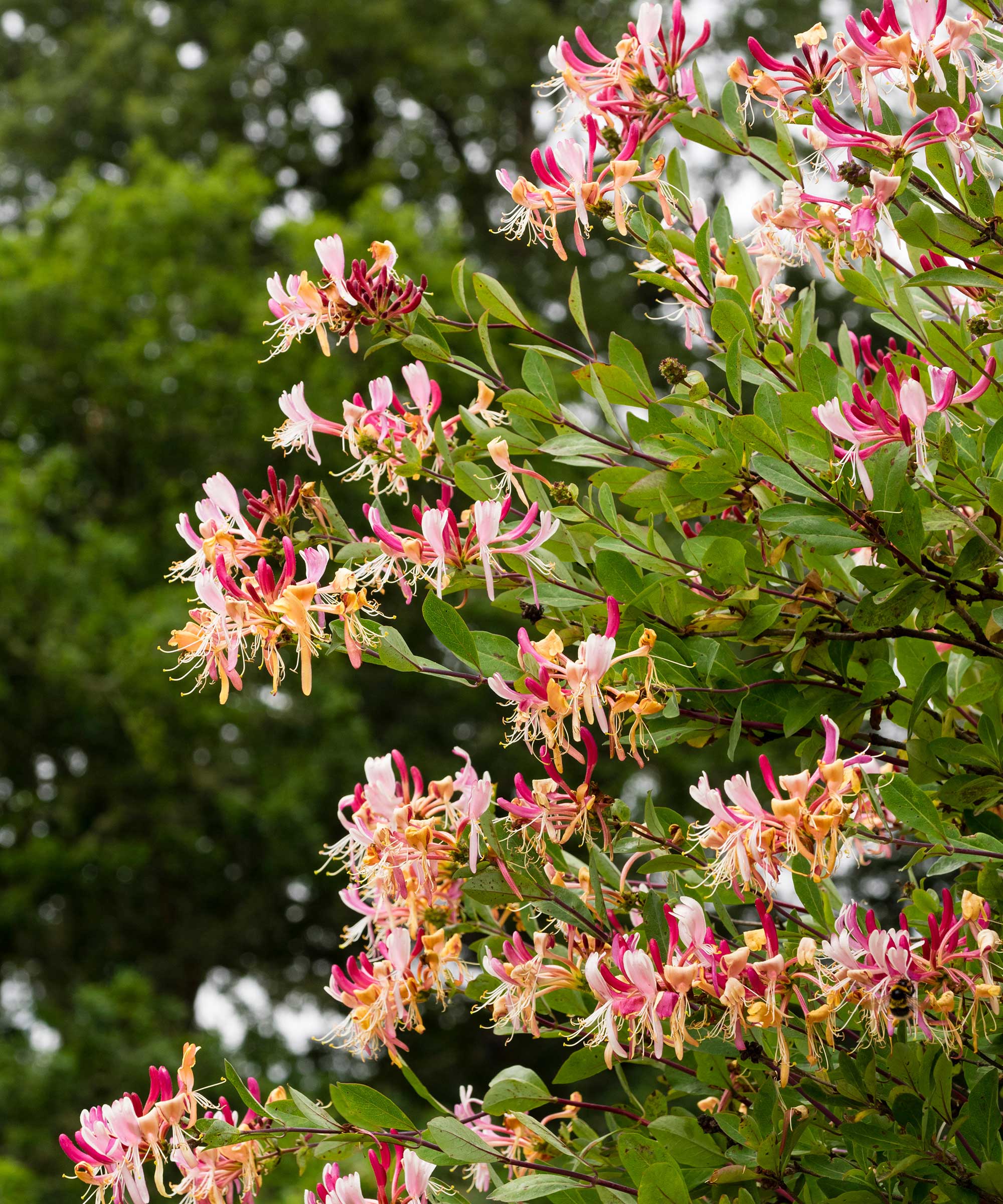
It's a little-known fact but the fragrance of honeysuckle (lonicera periclymenum) actually strengthens at nighttime, making it a magnet for drawing in pollinators such as moths. Tamara recommends adding a support system to your honeysuckle to make it even easier for moths to access its flowers, as the trellis will keep each bloom spaced apart.
'Give your honeysuckle some support through a trellis to allow for the blooms to be able to be spread out,' says Tamara.
You can purchase a trellis from many gardening stores, as well as on Amazon. This wooden lattice expandable garden trellis two pack on Amazon is a great place to start looking.
USDA plant hardiness zone: 5-9
3. Star jasmine
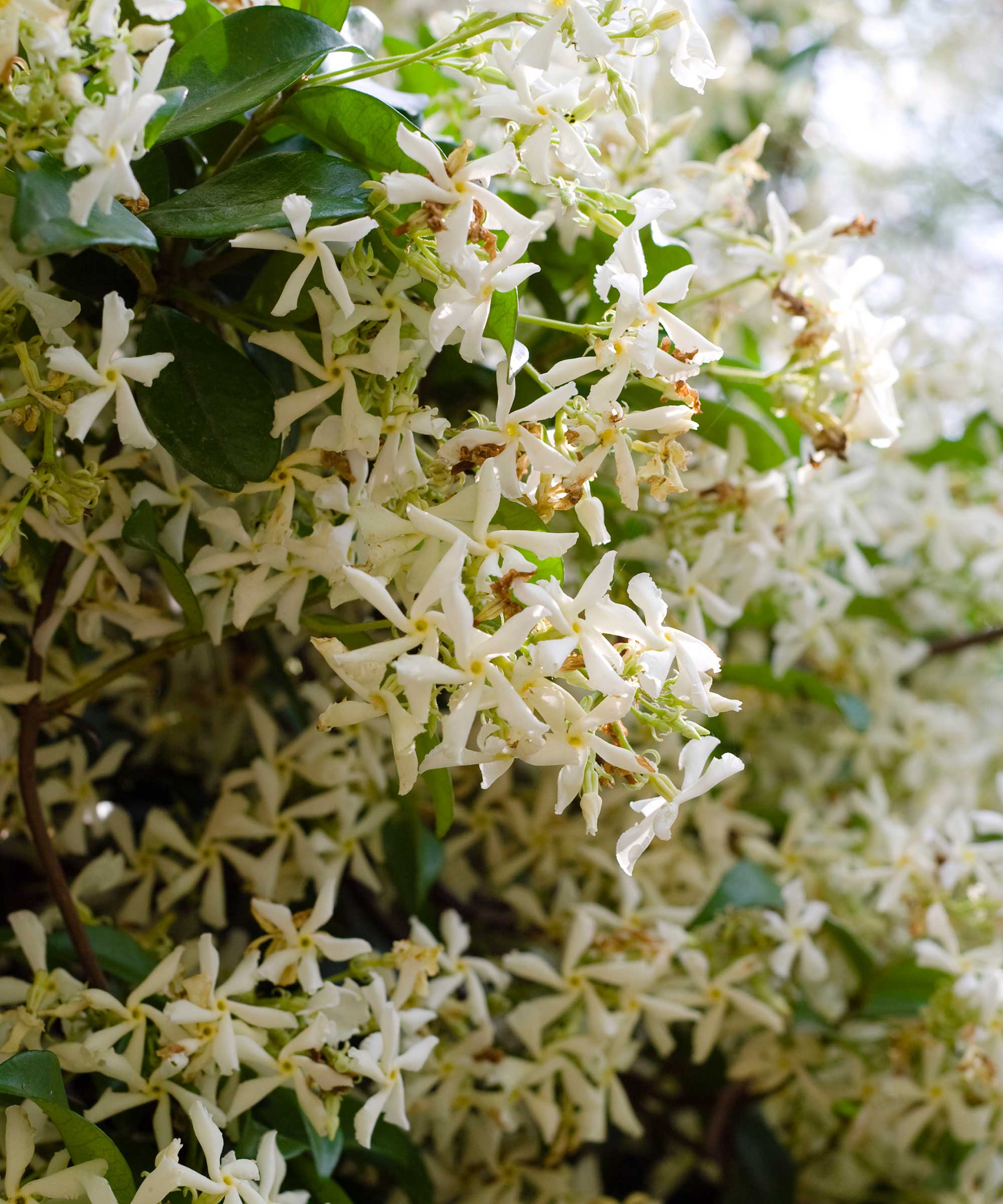
Star jasmine, or trachelospermum jasminoides, is another night-scented plant with a vanilla scent that strengthens as the sun fades. Loved by moths for their blatant sweet floral scent, well cared for star jasmine plants are also loved by moths as many of their offspring use them as a food source, including the swallow-tailed moth's offspring.
'Your star jasmine plants will do best with some afternoon shade in hot states,' says Tamara.
USDA Plant Hardiness Zones: 7-10
4. Tobacco Plant
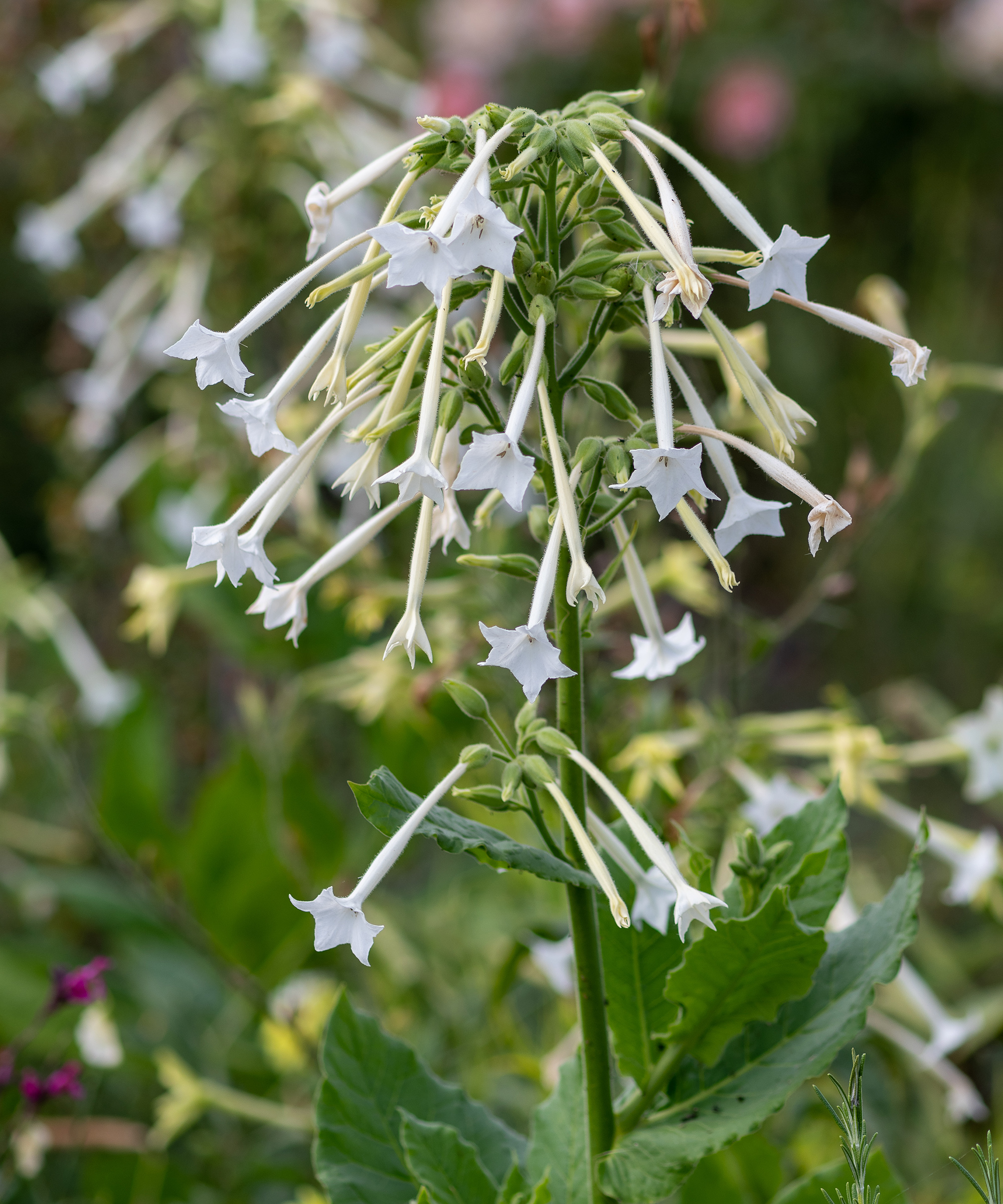
There are many different varieties of tobacco plant (nicotiana), and their intensely fragrant flowers are especially good at attracting moths.
Ofra Gaito, CEO of Verdant Lyfe plant company, says, 'Varieties including nicotiana alata and nicotiana sylvestris are favorites among moths, loved for their intense, alluring fragrance and tube-shaped flowers. Star-shaped, tubular flowers perfectly suited for moths with long proboscises; many varieties release their scent only after sundown.'
These tubes are perfect for moths to crawl into during windier, rainier nights as well, serving as a simultaneous source of food and shelter.
USDA plant hardiness zones: 7-11, depending on the variety

In 2020, Ofra Gaito founded Verdant Lyfe, an e-commerce company born to help and share live plants with both plant lovers and new plant beginners. The company packs and ships hundreds of orders every week to homes and businesses all over the USA. At the head office in South Florida, Ofra and her team conduct workshops every six weeks that involve the plant world. Ofra hosts live radio program Grow Your Lyfe every Friday at 1:45 pm EST on 101.9FM Omega radio.
5. English oaks, birches or willow trees
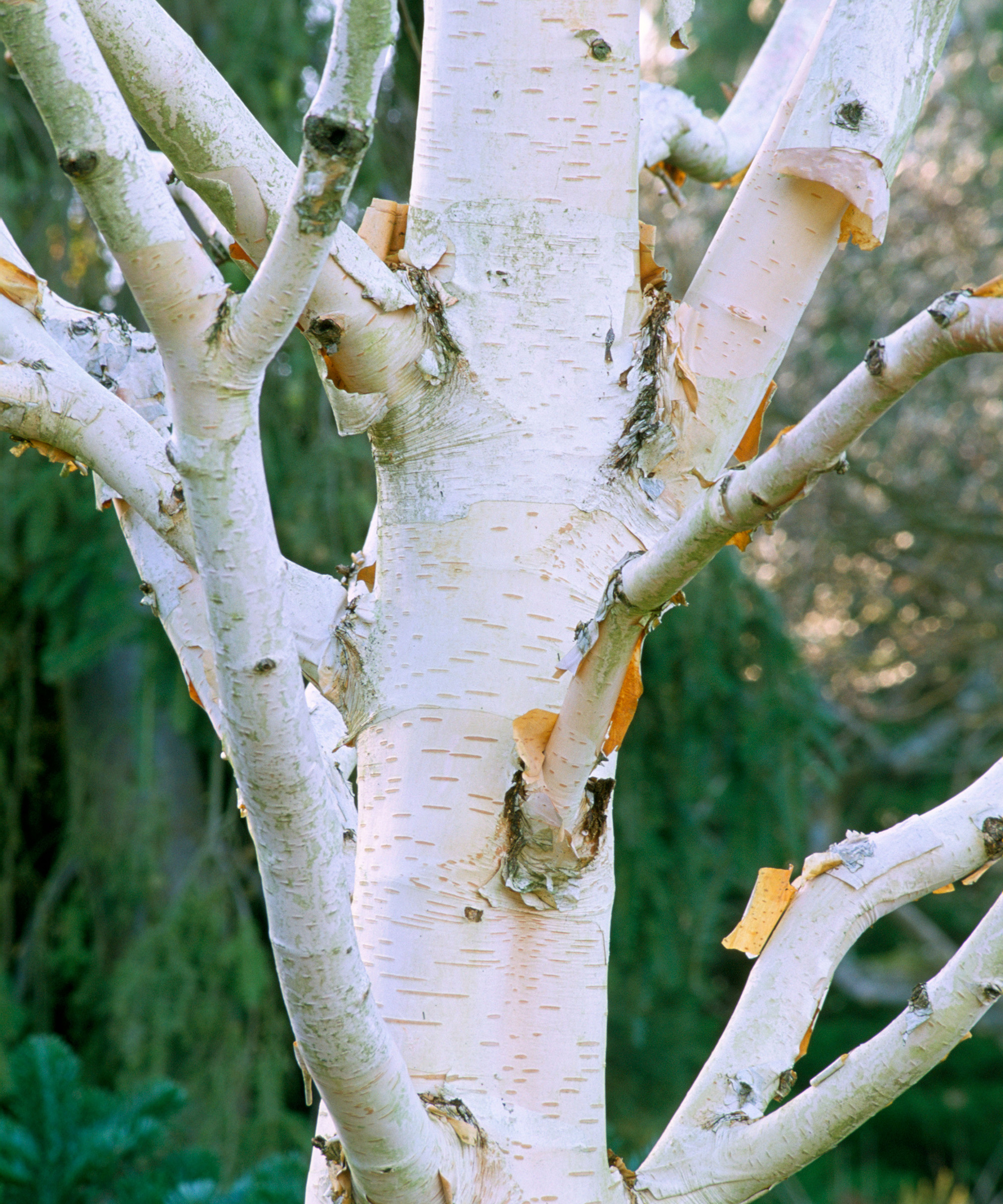
Evening and night-scented flowers are prone to attracting moths, but the availability of sturdy trees with large, flat leaves are another factor moths consider when choosing a yard to visit, especially during breeding season.
Andrew Bunting, vice president of horticulture at the Pennsylvania Horticultural Society, says, 'The larvae of moths need good food sources such as a myriad of native trees such as oaks (quercus) which attracts the Rosy Maple Moth, birches (betula) which attracts the Luna Moth and the Imperial Moth, and willows (salix) which are popular among many varieties.' The leaves of these trees are also ideal for moths to lay their eggs onto.
USDA plant hardiness zones: 5-8 (English Oak), 3-8 (Birch), and 4-9 (Willow).

Andrew Bunting is Vice President of Horticulture and leads the utilization of planting and design to promote environmentally sound gardening practices at PHS. Prior to arriving at PHS, Andrew worked at the Chicago Botanic Garden, Chanticleer Garden, and the Scott Arboretum for a tenure of 27 years, and has received many commendations for his work. In 2015, Andrew published his first book, “The Plant Lover’s Guide to Magnolias.”
If you're looking to attract more amazing pollinators to your garden, why not consider planting some of the 12 prettiest varieties of flowers that attract bees? Some of them are also favored by moths.

Ciéra is a writer and regional laureate with particular passions for art, design, philosophy and poetry. As well as contributing to Homes & Gardens, she's an Editorial Assistant for Design Anthology UK and a contributing writer for magazines including Livingetc, Apartment Therapy, House Beautiful and Ideal Home. Previous commendations of hers include being Highly Commended by The Royal Society of Literature and receiving a prestigious MA Magazine Journalism scholarship to City, University of London.

